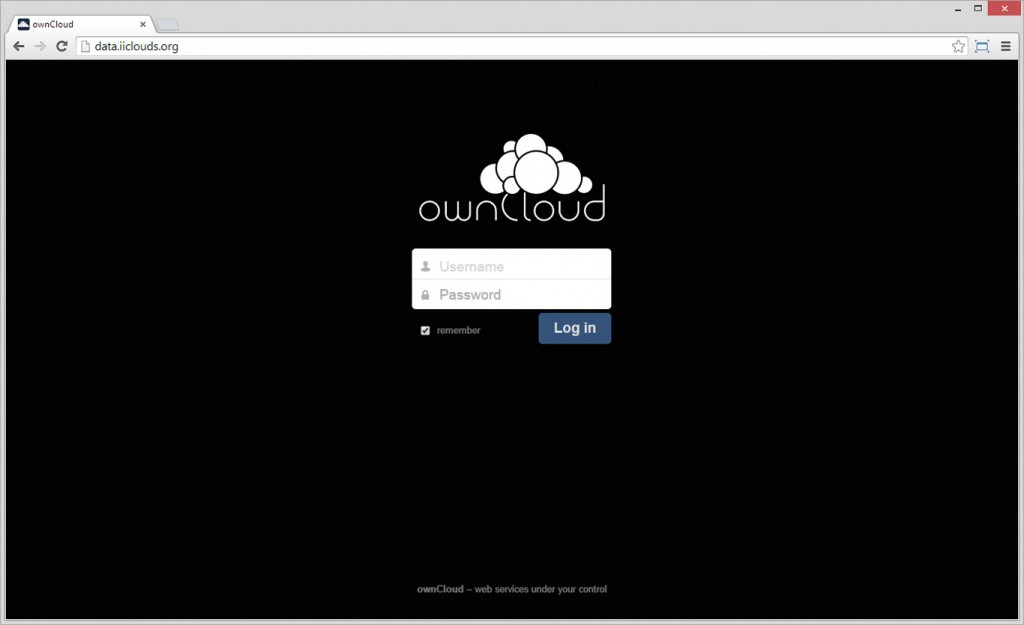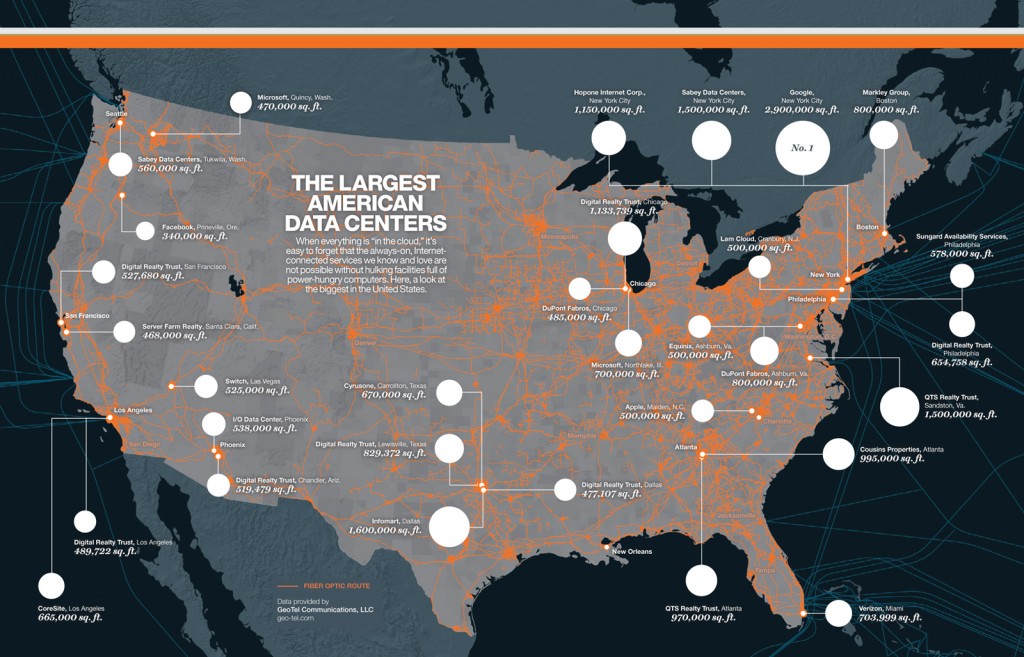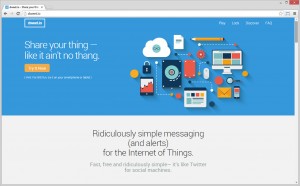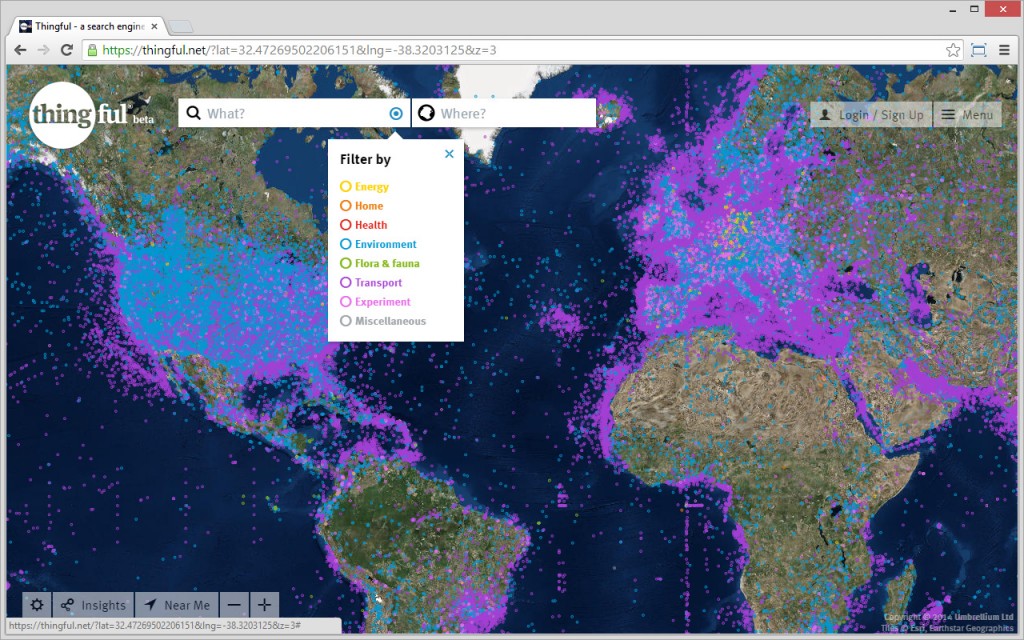Following Patrick’s post about our different options for choosing a “Cloud” software and the one that we finally made by choosing ownCloud. Here are a few related comments that develop our point of view and technical choices.
ArkOs, Openstack and RiakCS all take the hand over an entire server/system/computer, offering a kind of embedded linux system within a human-friendly interface, the kind of mechanism one can find on ready-to-use NAS (Network Attached Storage) hardware.
Basically, it transforms any regular computer into a NAS device. One of the key points about the structure we are trying to setup is to be able to host anything we would like/need or may appear interesting to probe. That includes our own website(s), web services in order to feed projects with data and any kind of applications that may be useful to try and develop within the frame of this research.
We do need therefore to keep the research server as generic as possible by using a normal linux distribution, which we can then enhance by any set of additional services. While ArkOS, Openstack and RiakCS are of course interesting projects, at some point, it may become already too specific for our goals.

Owncloud appears to be a simple web site structure dedicated to file sharing. As mentioned in my previous post, Owncloud proposes a set of APIs that allow the access to Owncloud features while being able to develop our own applications. Thus, these applications can rely on Owncloud while being hosted on a heterogeneous set of devices, network connected.




